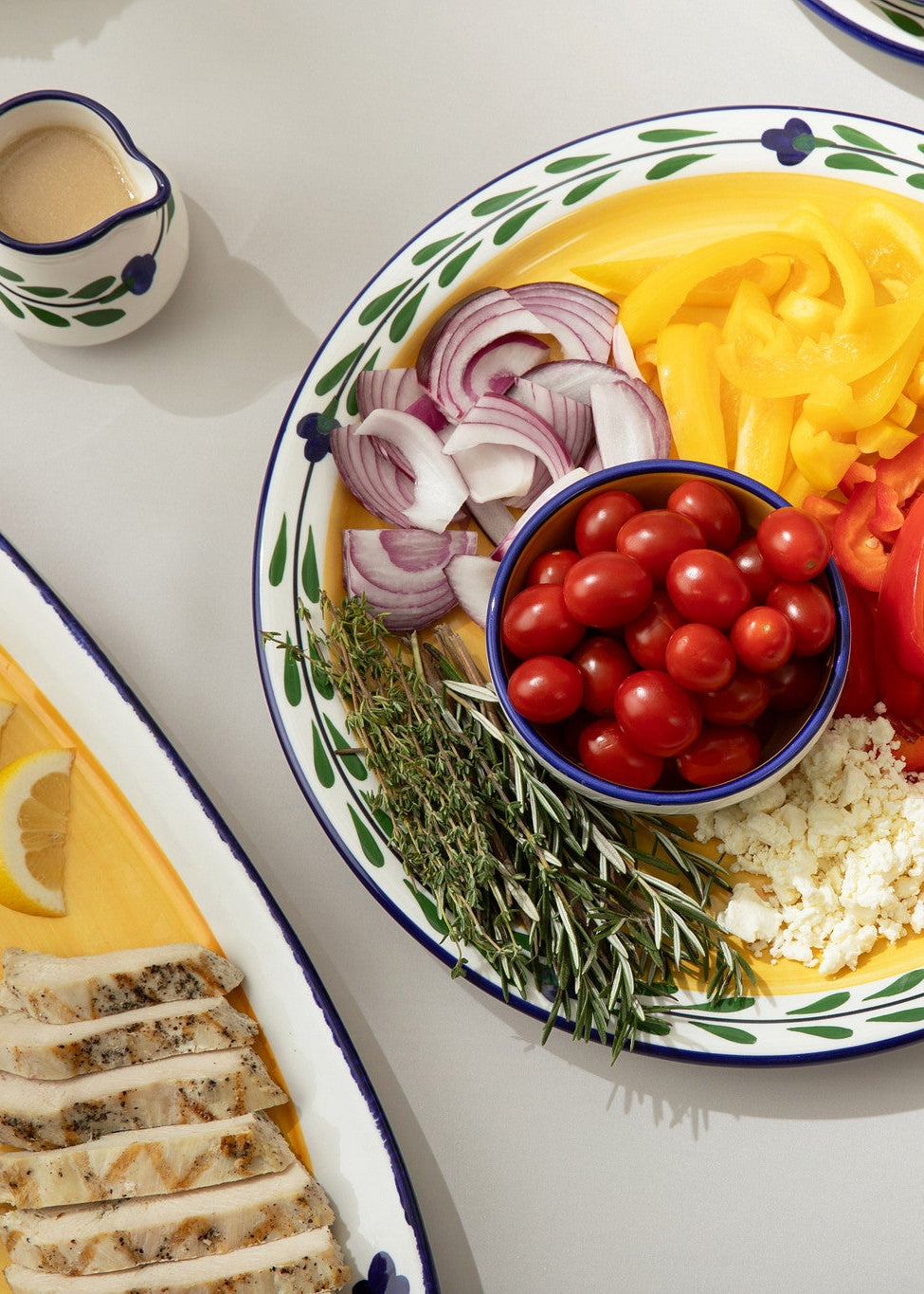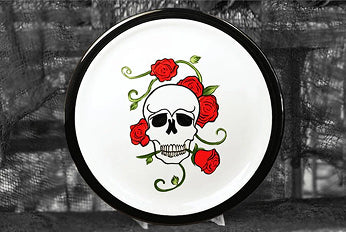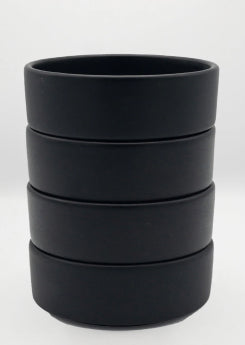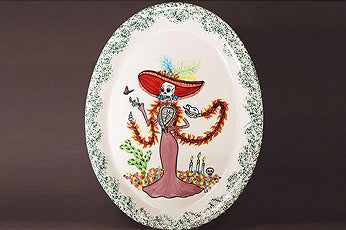
What Are the Four Classifications of Tableware?
Tableware is more than just a practical necessity; it plays a pivotal role in creating the atmosphere of a meal. Whether you’re hosting a formal dinner party or enjoying a casual weeknight dinner with your family, the right tableware can elevate the experience. Understanding the four main classifications of tableware—dinnerware, serveware, flatware, and glassware—will help you choose the perfect pieces to complement your meal and occasion.
Each classification of tableware serves a specific function, from holding the food to enhancing the drinking experience. Let’s explore each category in detail, focusing on the key pieces and their roles.
1. Dinnerware: The Essentials for Every Meal
Dinnerware forms the foundation of any table setting and includes the dishes directly used by diners. This category includes plates, bowls, and other items where the food is placed and served. Dinnerware is designed to be both functional and aesthetically pleasing, helping to set the tone for the meal.
Key Pieces of Dinnerware:
-
Plates: Essential for every meal, a dinner plate is the largest in size and is used for the main course. Salad plates and dessert plates are smaller in size and are used for appetizers, salads, or desserts.
-
Soup Bowls: Used for serving soups or stews, these bowls are typically round with higher sides to accommodate liquid-based dishes.
-
Salad Bowls: Larger bowls, often used to serve fresh greens, pasta salads, or side dishes. These can be used to create a vibrant centerpiece on the table.
-
Dessert Bowls: Smaller than soup or salad bowls, these bowls are ideal for serving desserts like ice cream, pudding, or fruit salad.
There are many different types of tableware sets that come in various materials, such as porcelain, ceramic, or glass, with many different styles to match the formality of the occasion. From casual table settings to formal dinner parties, dinnerware pieces are essential for serving food in a visually appealing way.
2. Serveware: Presenting and Sharing the Meal
Serveware includes the items used to serve, present, and pass around food at the table. Unlike dinnerware, which holds individual portions for each guest, serveware is intended for sharing, allowing diners to help themselves to larger quantities of food.
Key Pieces of Serving Ware:
-
Serving Platters: Large, flat dishes used to serve main courses, meats, vegetables, and bread. Serving platters are designed to hold multiple servings of food, making it easier for guests to share.
-
Serving Bowls: These bowls are typically larger than salad bowls and are used for serving side dishes, pasta, rice, or salads.
-
Soup Pots: Ideal for presenting and serving soups or stews, soup pots are often designed to keep the dish warm throughout the meal.
-
Serving Spoons: These utensils are used to serve food from large platters and bowls, making it easy for guests to serve themselves.
Serveware tends to be larger than dinnerware and is often chosen for its presentation qualities. It helps create an inviting and communal atmosphere, encouraging guests to enjoy the meal together.
3. Flatware: Essential Eating Utensils
Flatware consists of the utensils used for eating and preparing food. These tools are indispensable for virtually every meal, from simple salads to multi-course formal dinners. Flatware should be selected carefully to match the meal, setting, and style of dining.
Key Pieces of Flatware:
-
Knives: Dinner knives are typically used for cutting meat or larger food items, while butter knives are used for spreading butter or other soft foods. Steak knives, which are sharper and more durable, are often used for grilled meats.
-
Forks: The standard dinner fork is the most commonly used utensil for eating. A salad fork is smaller and often used for lighter courses, and a dessert fork is typically used for sweet courses.
-
Spoons: Soup spoons are larger with rounder bowls, while dessert spoons are smaller and used for eating desserts or fruits. Teaspoons are versatile utensils used for stirring beverages or eating smaller portions.
Flatware comes in various styles, from simple designs for casual dining to more ornate patterns for formal table settings. It is typically made of stainless steel, silver, or high-quality plastics, depending on the occasion.
4. Drinkware: Enhancing the Drinking Experience
Glassware refers to the items used to serve beverages and plays a significant role in both form and function. Different types of glassware are designed specifically for different types of drinks, enhancing the presentation and drinking experience.
Key Pieces of Drinkware:
-
Wine Glasses: A wine glass is essential for serving wine and is often designed differently for red and white wines. Red wine glasses are typically larger, allowing the wine to breathe, while white wine glasses are narrower to preserve the wine's crispness.
-
Water Glasses: These are typically larger glasses used for water, often placed directly next to the plate. A tall water glass helps to keep hydration front and center throughout the meal.
-
Tea Cups and Tea Pots: Ideal for serving hot tea, tea cups are smaller than regular mugs and come with matching saucers. A tea pot, on the other hand, is designed to steep and pour hot tea, often used for serving larger quantities.
-
Tumblers and Mugs: Used for casual drinks like iced tea, coffee, or cocktails, these glasses come in a variety of styles and sizes, depending on the beverage being served.
Drinkware is often made from high-quality glass, ceramic, or durable plastic for outdoor dining. Choosing the right type of drinkware for different beverages enhances both the flavor and the dining experience.
Formal Table Settings: The Right Mix of Tableware
A formal table setting requires careful attention to detail, with each piece of tableware having its place. A typical formal setting includes dinnerware such as plates, salad bowls, soup bowls, and dessert bowls, paired with flatware like forks, knives, spoons, and appropriate drinkware. The focus on symmetry and elegance ensures that every element complements the meal and the occasion.
For formal events, it’s also essential to include the right serving dishes, serving spoons, and wine glasses to cater to the needs of the meal. Whether it’s a sit-down dinner or an elegant reception, choosing the right mix of dinnerware, serveware, and drinkware is crucial for making a lasting impression.
Define your Dining Experience
Tableware is more than just functional; it helps define the dining experience, from casual meals to formal dinners. The four classifications of tableware—dinnerware, serveware, flatware, and drinkware—each serve a unique purpose, contributing to the overall ambiance and enjoyment of a meal. By understanding these categories and choosing the right pieces for your table, you can enhance both the aesthetic and functionality of your dining setting.
Elevate your Dining Table with HF Coors
At HF Coors, we specialize in creating durable and beautiful ceramic tableware, including dinner plates, serving dishes, and drinkware, to elevate your table setting. Whether you’re hosting a formal event or enjoying a casual meal with family, our expertly crafted tableware will add elegance and functionality to any occasion. Explore our collection today at hfcoors.com to find the perfect pieces for your dining needs.














